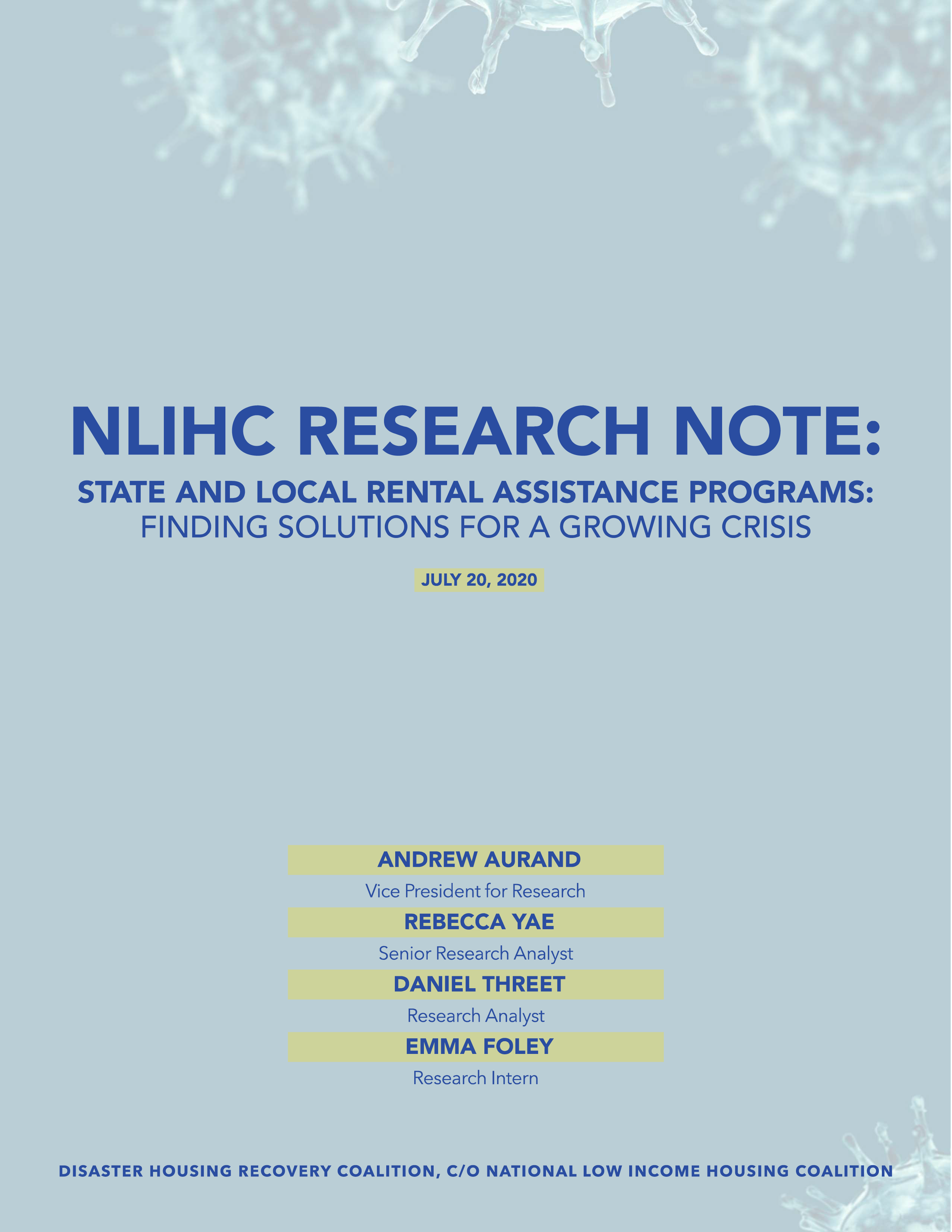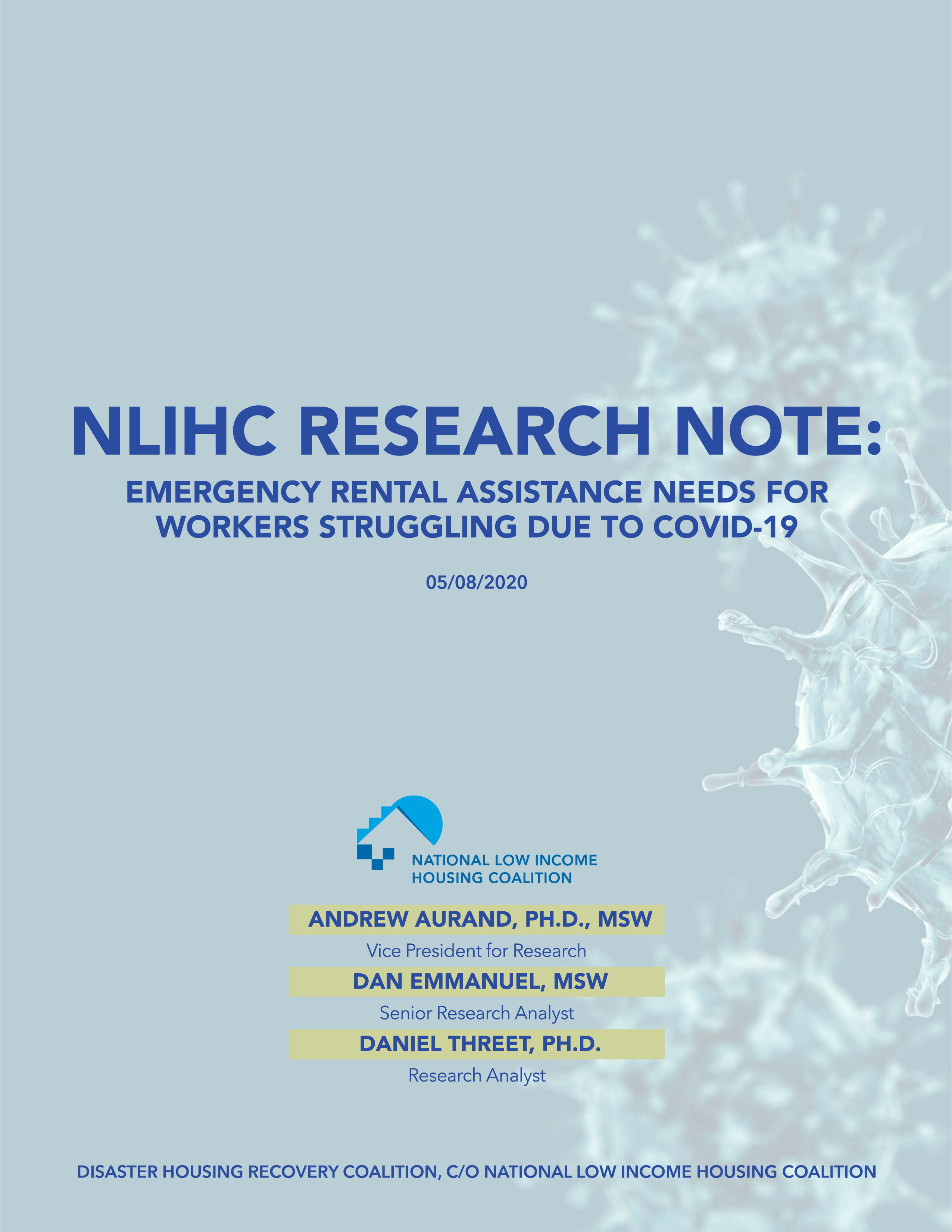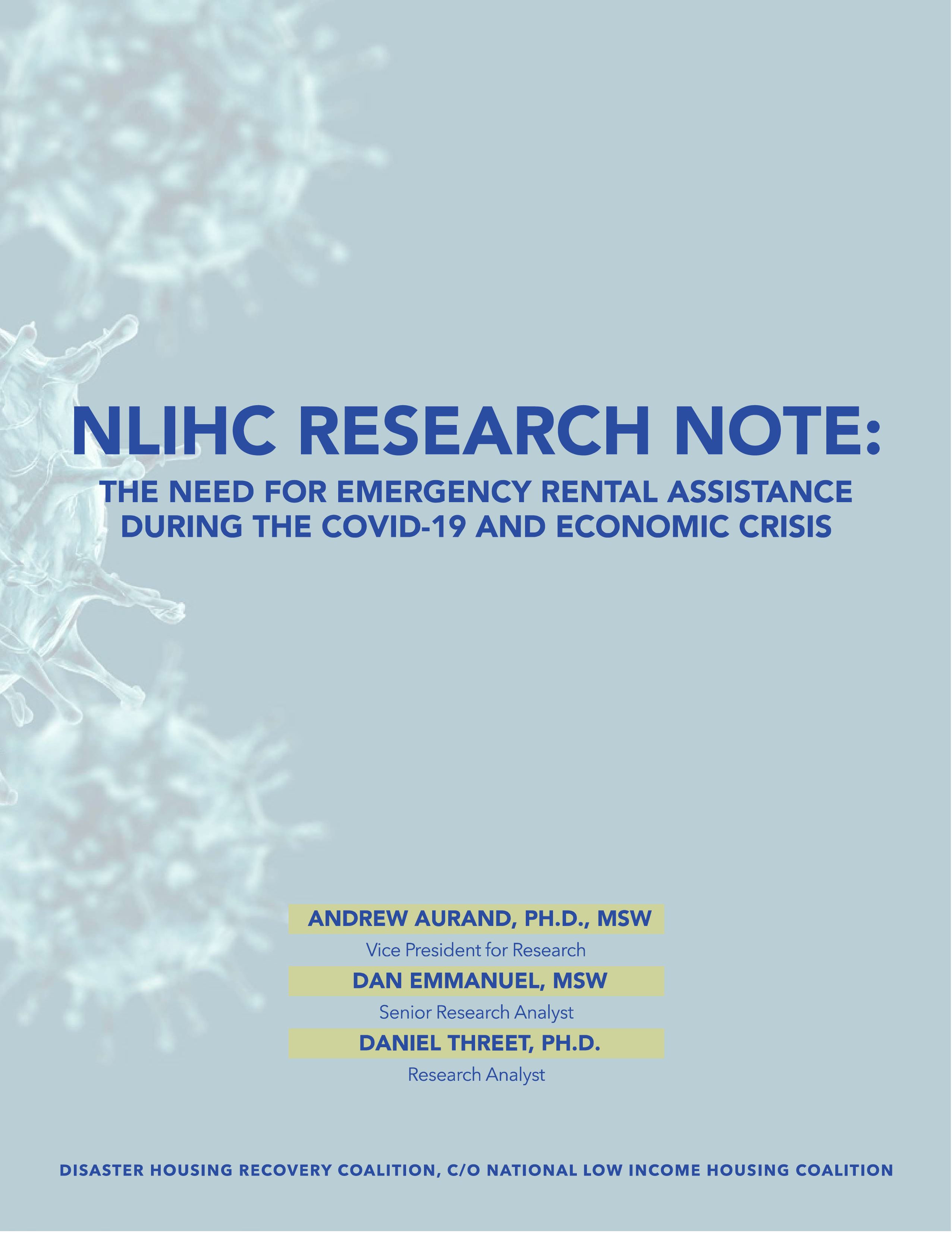During the COVID-19 pandemic, NLIHC tracked more than 500 emergency rental assistance programs and released a series of reports, briefs, and research notes about their design, implementation, and spending. Many of those publications are gathered on this page. For additional NLIHC publications on emergency rental assistance, visit this page.
Continuing Emergency Rental Assistance: How Jurisdictions Are Building on Treasury’s ERA Program
Drawing on survey data and semi-structured interviews, the report examines which components of the U.S. Department of the Treasury’s (Treasury) Emergency Rental Assistance (ERA) program are being retained by state and local jurisdictions, as well as the factors leading to their retention.
Balancing Act: An Analysis of Remaining Emergency Rental Assistance Funds, Reallocation, and Outstanding Need
The report summarizes emergency rental assistance (ERA) spending trends, projects when state and large local grantees may exhaust their ERA1 and ERA2 funds, and estimates the amount of funding the U.S. Department of the Treasury (Treasury) could reallocate from slow-spending to fast-spending grantees.
Emergency Rental Assistance (ERA) during the Pandemic: Implications for the Design of Permanent ERA Programs
The report examines a broad range of emergency rental assistance (ERA) programs and provides lessons that would be useful in future efforts to establish a permanent ERA program.
Emergency Rental Assistance among Indigenous Tribes: Findings from Tribal Grantees
The report describes key characteristics and challenges of – as well as lessons learned from – emergency rental assistance programs administered by Indigenous Tribes or Tribally Designated Housing Entities (TDHEs).
Implementing Fact-Specific Proxy in ERA Program
The report analyzes key emergency rental assistance (ERA) program features and outcomes, primarily spending outcomes, using NLIHC’s ERA database, a survey of ERA program administrators, and expenditure data from the U.S. Department of the Treasury.
Analysis of Treasury Emergency Rental Assistance Programs in 2021
The report analyzes key emergency rental assistance (ERA) program features and outcomes, primarily spending outcomes, using NLIHC’s ERA database, a survey of ERA program administrators, and expenditure data from the U.S. Department of the Treasury.
ERA Spending and Performance Trends 2021
The report analyzes ERA1 grantee spending progress, describes Treasury’s reallocation process for ERA1 grantees, and provides recommendations to ERA administrators and Treasury to best serve low-income renters.
Serving Native American Households Using ERA: Learning from High-Spending Programs
Released by NLIHC and the United Native American Housing Association (UNAHA), this report investigates the unique characteristics of high-spending emergency rental assistance (ERA) programs administered by Native American Tribes or Tribally Designated Housing Entities (TDHEs).
Implementing Fact-Specific Proxy Report in ERA Programs: Key Considerations and Lessons Learned
This report examines the use of fact-specific proxies in U.S. Department of the Treasury Emergency Rental Assistance (ERA) programs. Focusing on nine programs that utilize fact-specific proxies, the report discusses federal guidelines regarding fact-specific proxies, considerations for implementing them, the impacts of fact-specific proxies on program progress, and lessons that can be learned from recent implementation efforts.
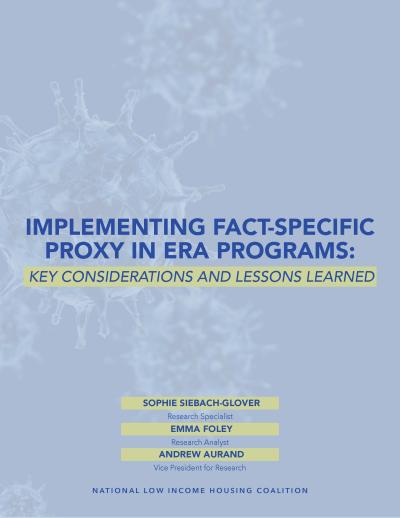
Direct-to-Tenant Payment Implementation: Increasing Flexibility and Equity in Emergency Rental Assistance Programs
This report outlines why direct-to-tenant payments are needed in emergency rental assistance (ERA) programs and how program administrators can implement this feature. The report recommends that programs implement low-barrier, direct-to-tenant assistance with minimal additional documentation requirements, and that programs make clear in their public-facing materials and outreach that direct-to-tenant assistance is available. Programs should also pair direct-to-tenant assistance with housing stability services to ensure tenants can remain stably housed after they receive payment, even if landlords act in bad faith.
Treasury Emergency Rental Assistance Programs in 2021: Analysis of a National Survey
This report provides an initial analysis of key program design features of Treasury Emergency Rental Assistance (ERA) programs and compares results to NLIHC’s ERA program-tracking database as well as results from the three organizations’ previous survey in the fall of 2020.
Prioritization in Emergency Rental Assistance Programs’ to Better Serve Priority Populations
This report explores how to maximize the number of people in priority populations (extremely low-income households, people of color, and other marginalized people most in need) receiving emergency rental assistance and argues that program administrators must center those priority populations in the key steps of program administration. The report includes resources and examples from state and local programs around the country to illustrate the variety of strategies used to prioritize populations.
Learning from Emergency Rental Assistance Programs: Lessons from Fifteen Case Studies
This report examines how 15 Emergency Rental Assistance programs implemented ERA during their initial phase.
Advancing Racial Equity in Emergency Rental Assistance Programs"
This brief explores so-called “first-generation” COVID-19 emergency rental assistance programs, based on a survey of 220 programs across the country. The brief draws upon the analysis from that survey, along with additional document review and interviews with selected program administrators. Based on these sources, the brief highlights several lessons about strategies states and localities can use to design and implement more equitable emergency rental assistance programs.
COVID-19 Emergency Rental Assistance: Analysis of a National Survey of Programs
This report provides an analysis of key emergency rental assistance program design and implementation decisions from a national survey of over 200 program administrators. The report examines program decisions against several outcome metrics, including a ratio of actual number of applicants to expected number of applicants and funds obligated as a share of total program funds.
Best Practices for State and Local Emergency Rental Assistance Programs
This report outlines key considerations for implementing an emergency rental assistance (ERA) program and provides best practices and examples from state and local programs around the country. The guidance is informed by NLIHC’s ongoing research on ERA programs and the insights and experiences of state and local housing advocates. Above all, NLIHC recommends that program administrators create simple and accessible application processes to efficiently and effectively deliver rental assistance to tenants most in need.
Costs Associated with Eviction-Related Homelessness
This research note explores the public costs of eviction-related homelessness that the U.S. will incur if emergency rental assistance is not provided. In addition to the cruelty of throwing people out of their homes during a pandemic, a wave of evictions would create significant downstream costs for public health and social service systems. Depending on how many renters lost their homes, the cost of these social services could be as high as $129 billion.
Housing is Healthcare: Challenges, Best Practices, and Policy Recommendations to Improve FEMA Programs to House People Experiencing Homelessness in Non-Congregate Shelters During the Pandemic
The report documents the hurdles state and local governments and homeless service providers faced when using FEMA Public Assistance (PA) funds to house people experiencing homelessness in hotels during the pandemic. The report also highlights success stories and opportunities to apply lessons learned to a future pandemic.
NLIHC Research Note: Emergency Rental Assistance Programs in Response to COVID-19
This report provides a descriptive analysis of over 440 rental assistance programs created or expanded in response to the COVID-19 pandemic. The analysis provides insight into how programs are funded, designed, and implemented.
NLIHC Research Note: Long-Term State and Local Rental Assistance Programs - Finding Solutions For a Growing Crisis
This research note discusses the funding and operating of state and local rental assistance programs in the midst of the COVID-19 pandemic and economic crisis. Before the pandemic, many states and several large cities were already funding and operating rental assistance programs. In response to the pandemic, many jurisdictions created or expanded emergency rental assistance programs, funded through a range of federal (e.g., CARES Act), state, and local resources.
NLIHC Research Note: Emergency Rental Assistance Needs for Workers Struggling Due to COVID-19
Published at the beginning of the COVID-19 pandemic, this research note showed how the COVID-19 outbreak and related shutdowns had a devastating impact on the job market. The note gathered evidence suggesting that lower-wage workers were the most likely to suffer from a loss of income.
NLIHC Research Note: The Need for Emergency Rental Assistance During the COVID-19 and Economic Crisis
This research note investigated the need for emergency rental assistance in cost-burdened households in the midst of the COVID-19 pandemic and the accompanying economic and unemployment crisis. The note argued that providing temporary rental assistance to current and projected severely cost-burdened renters would keep at-risk tenants stably housed and protect and preserve our country’s limited naturally-occurring affordable housing.
 Read the Report
Read the Report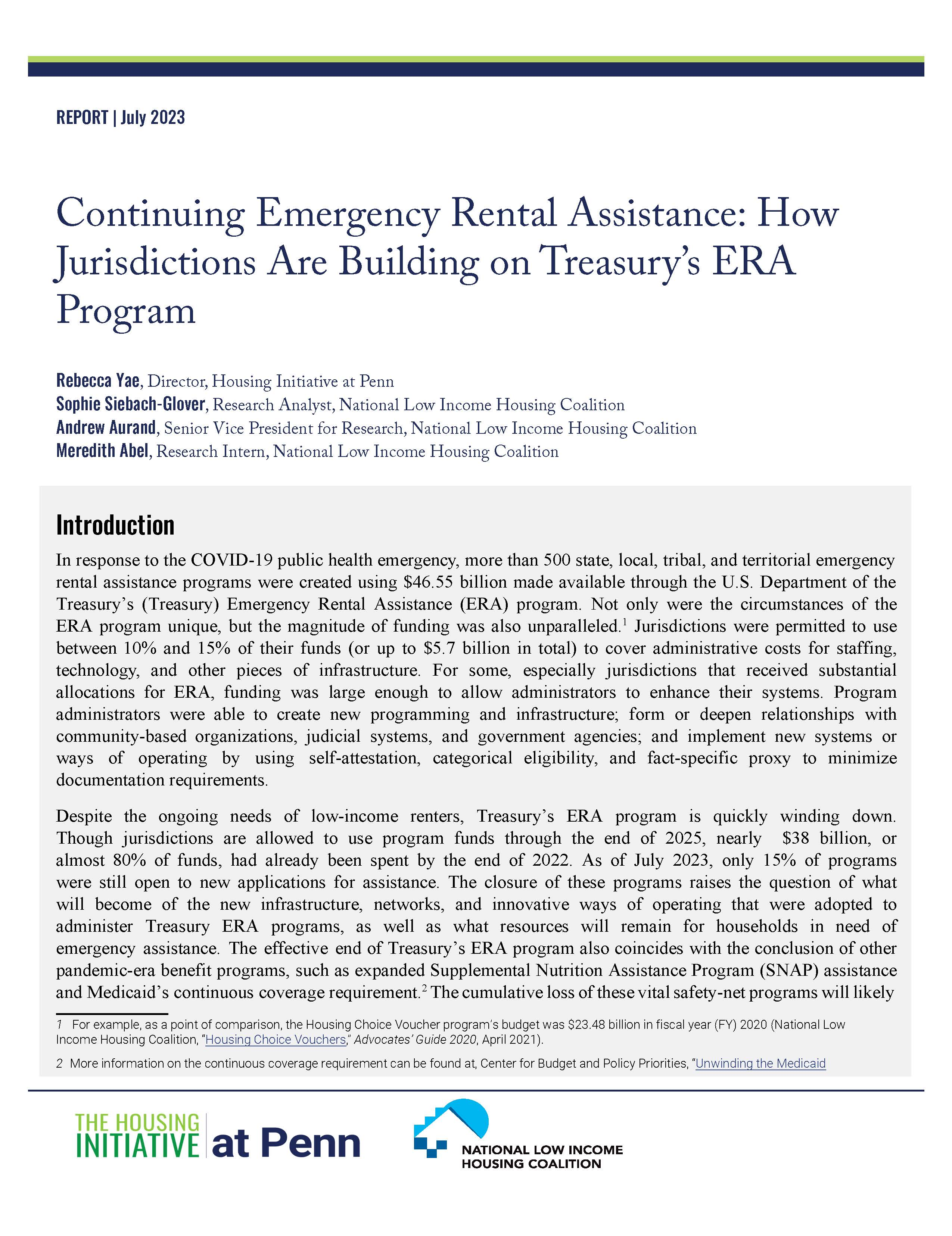

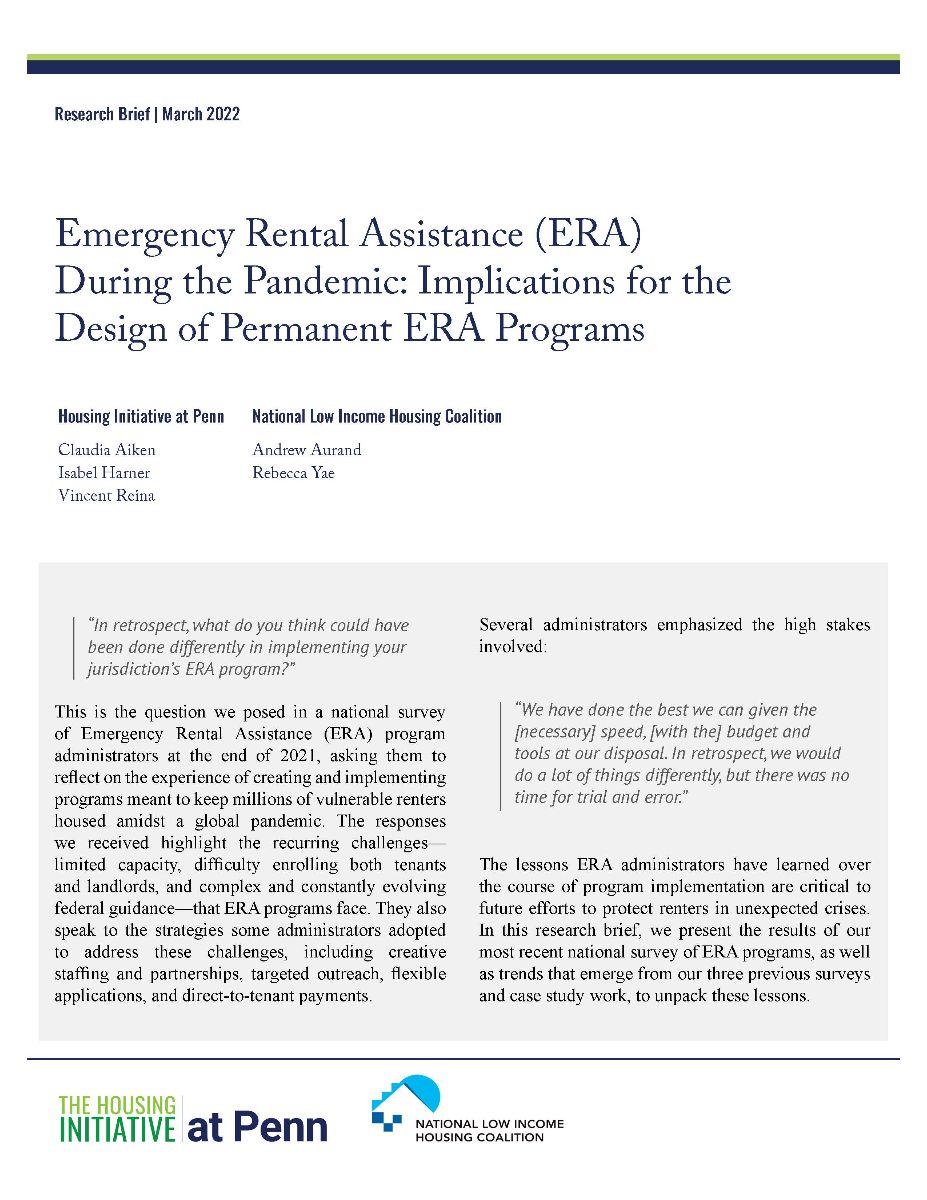
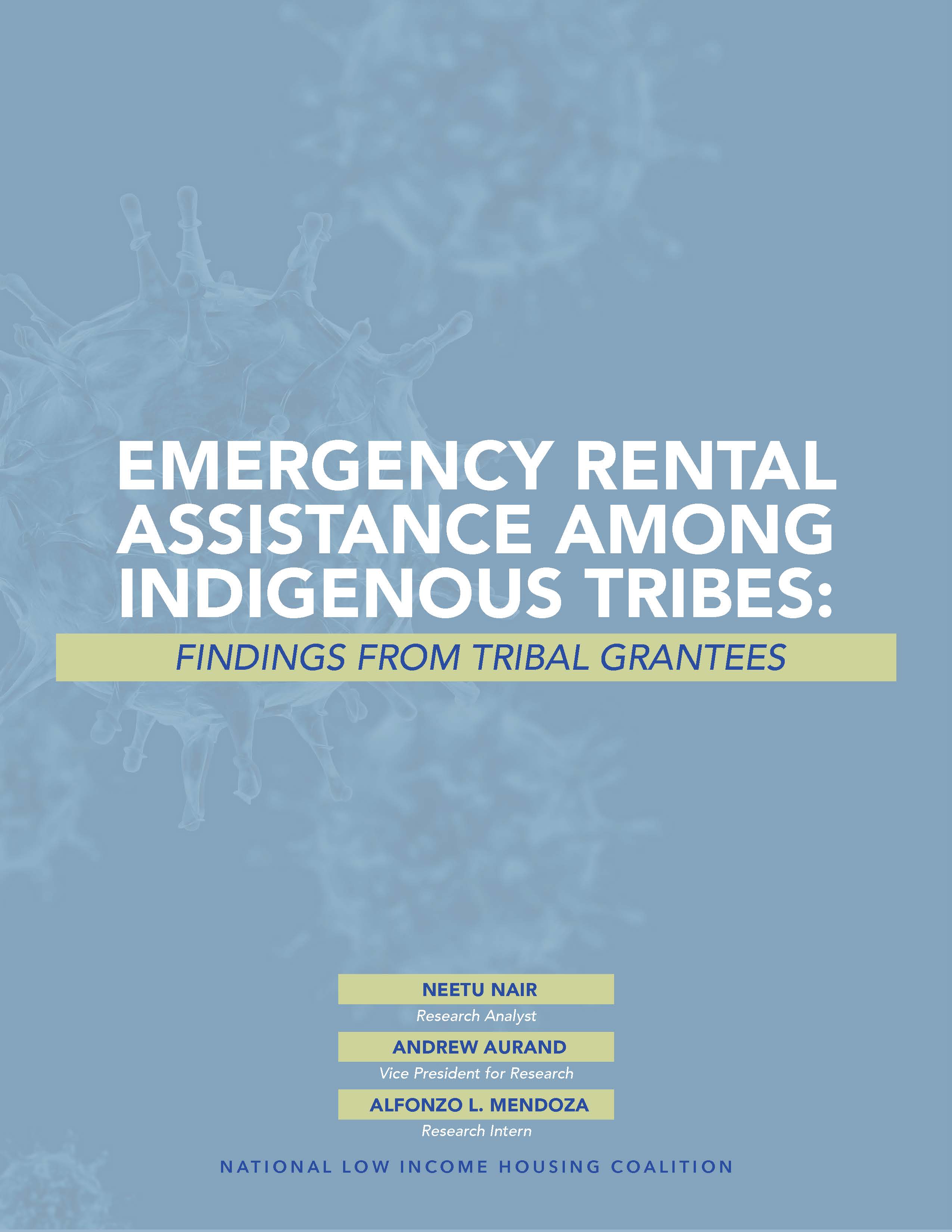
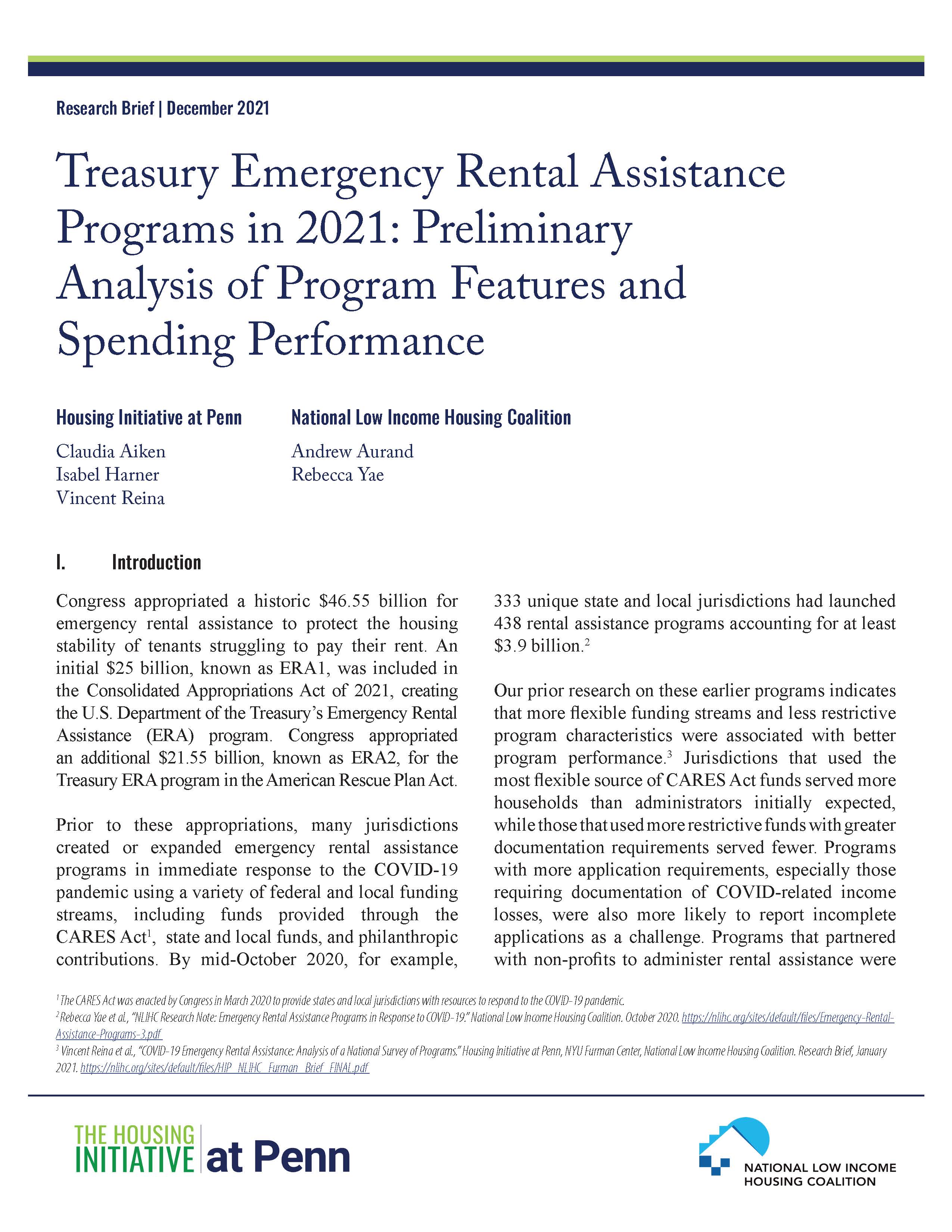
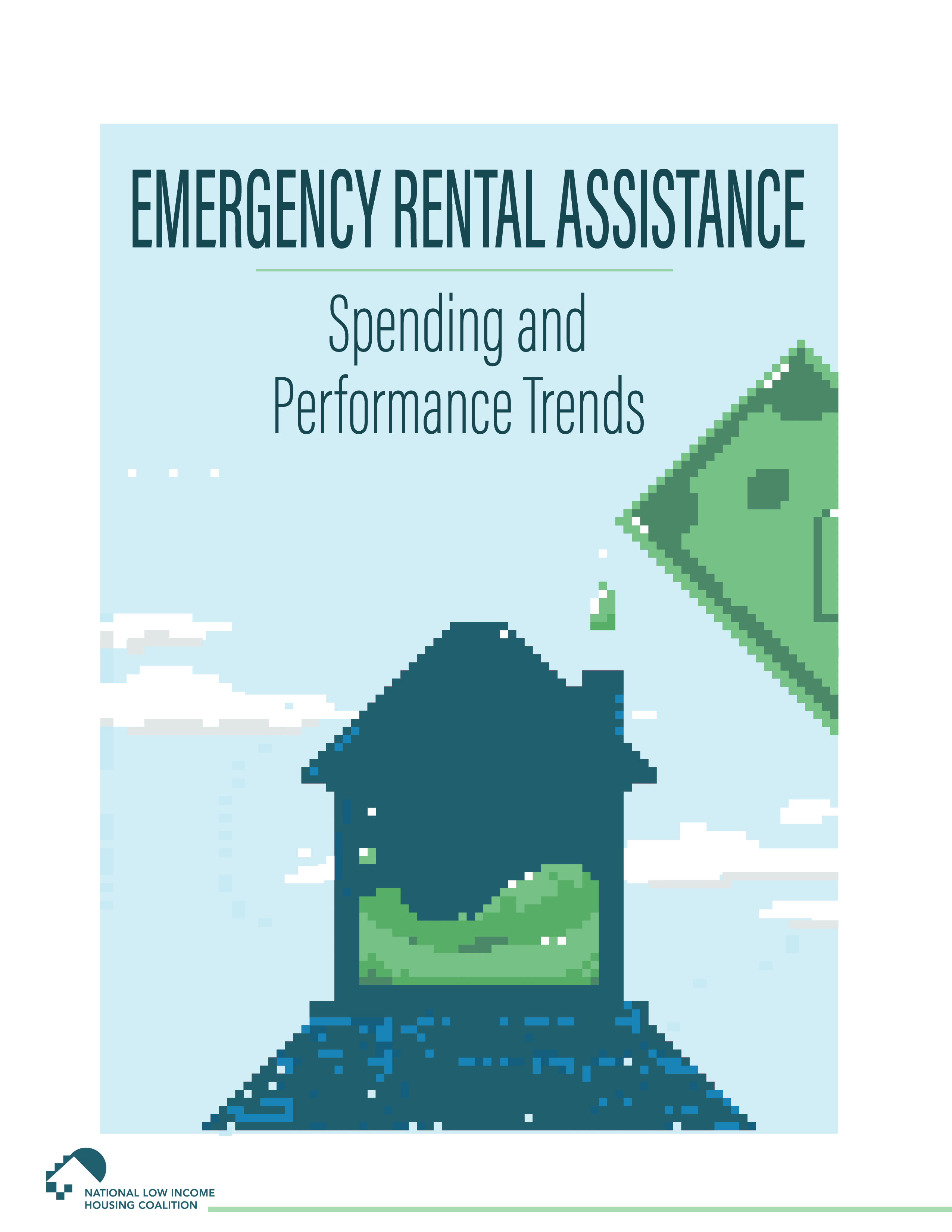
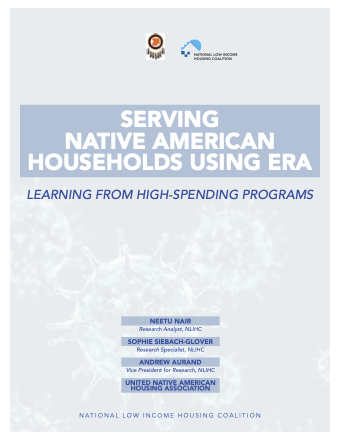
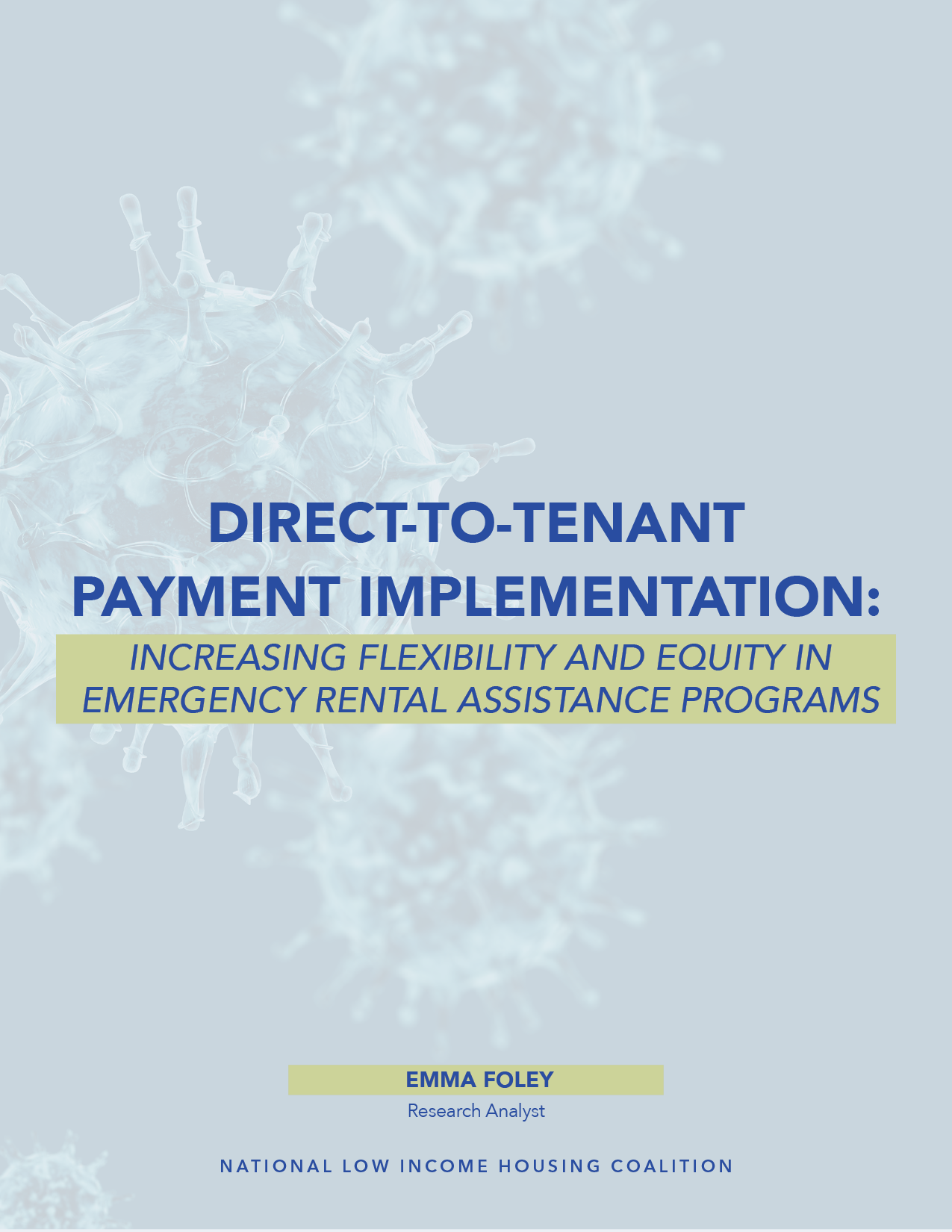
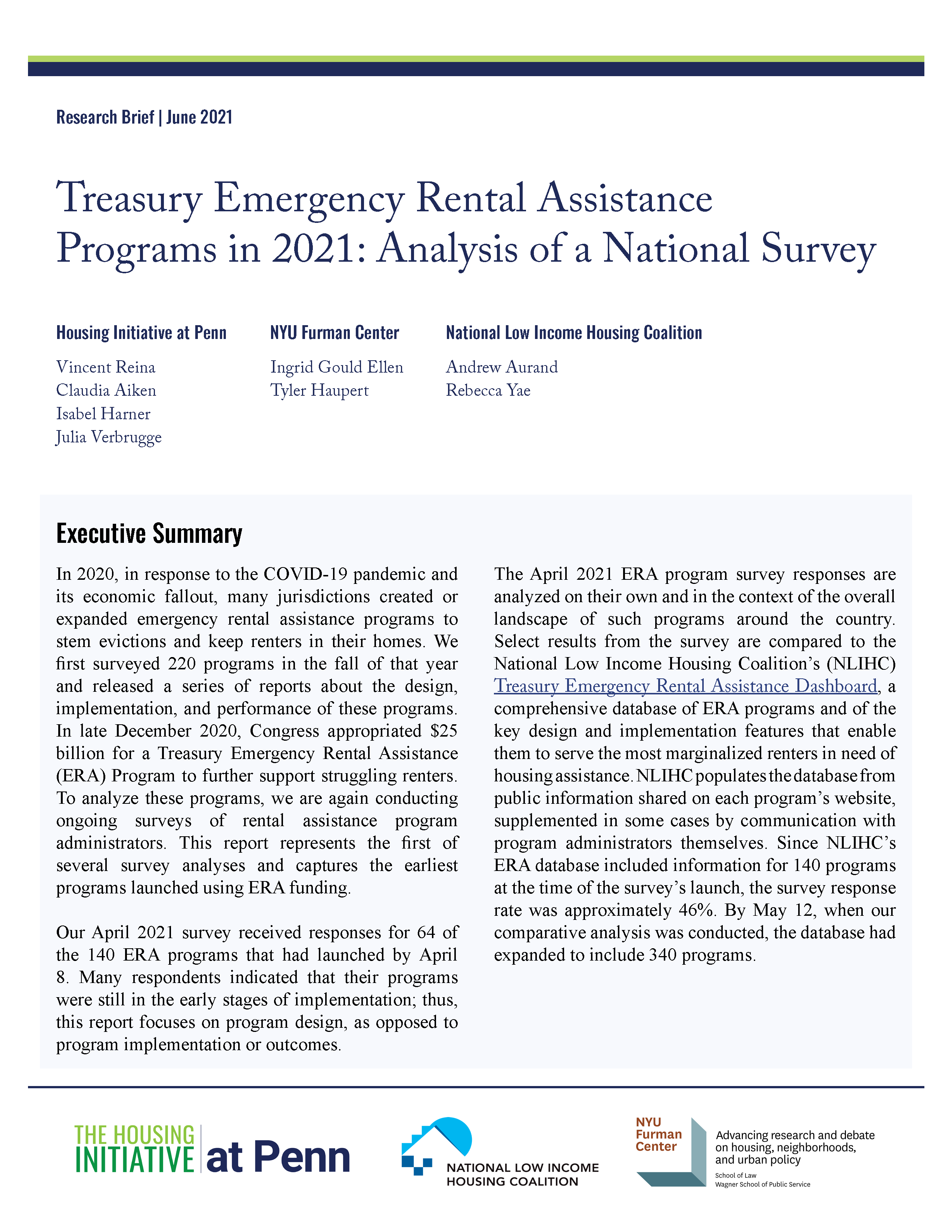
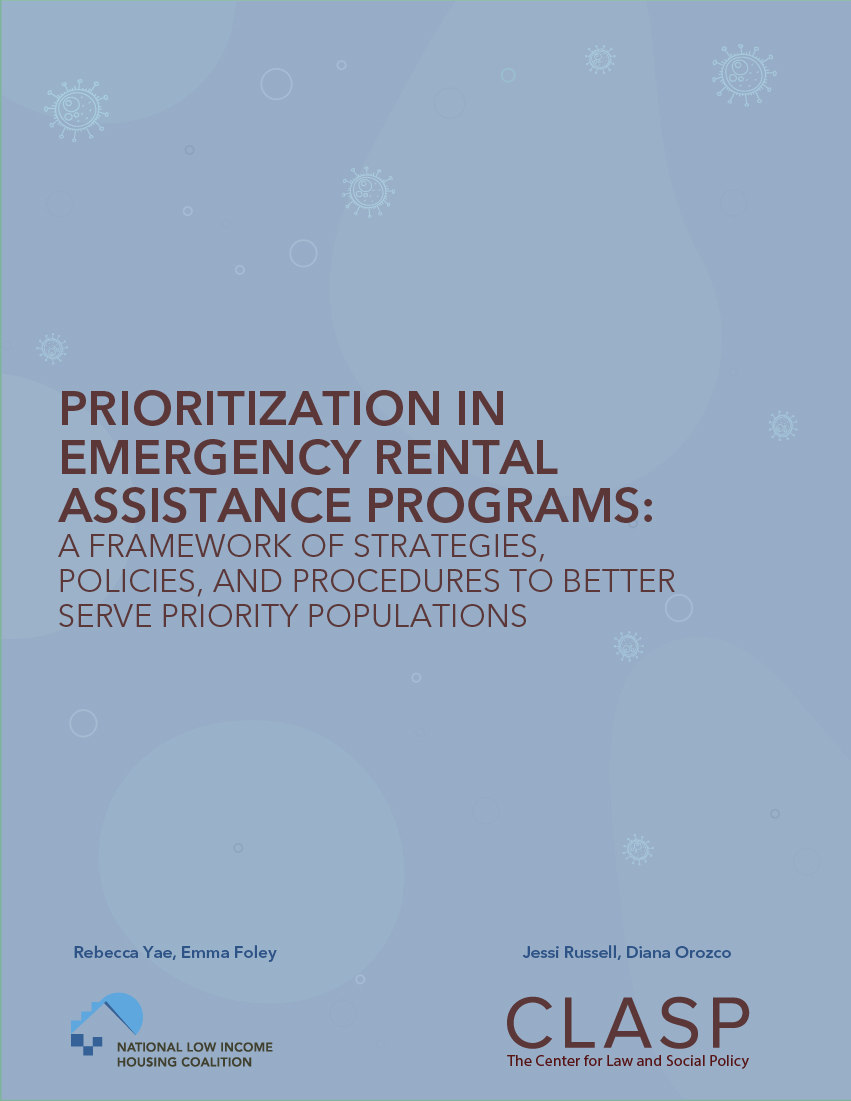
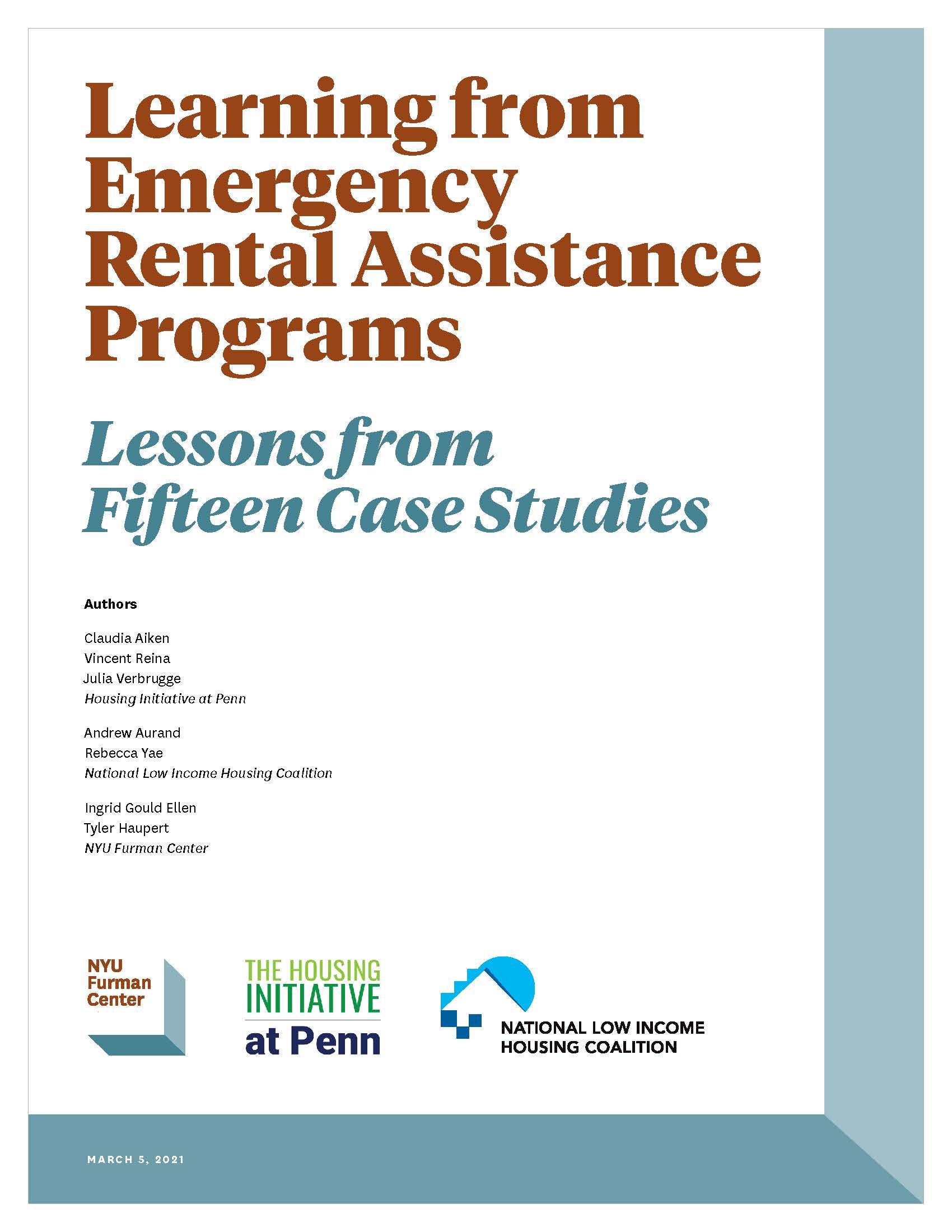
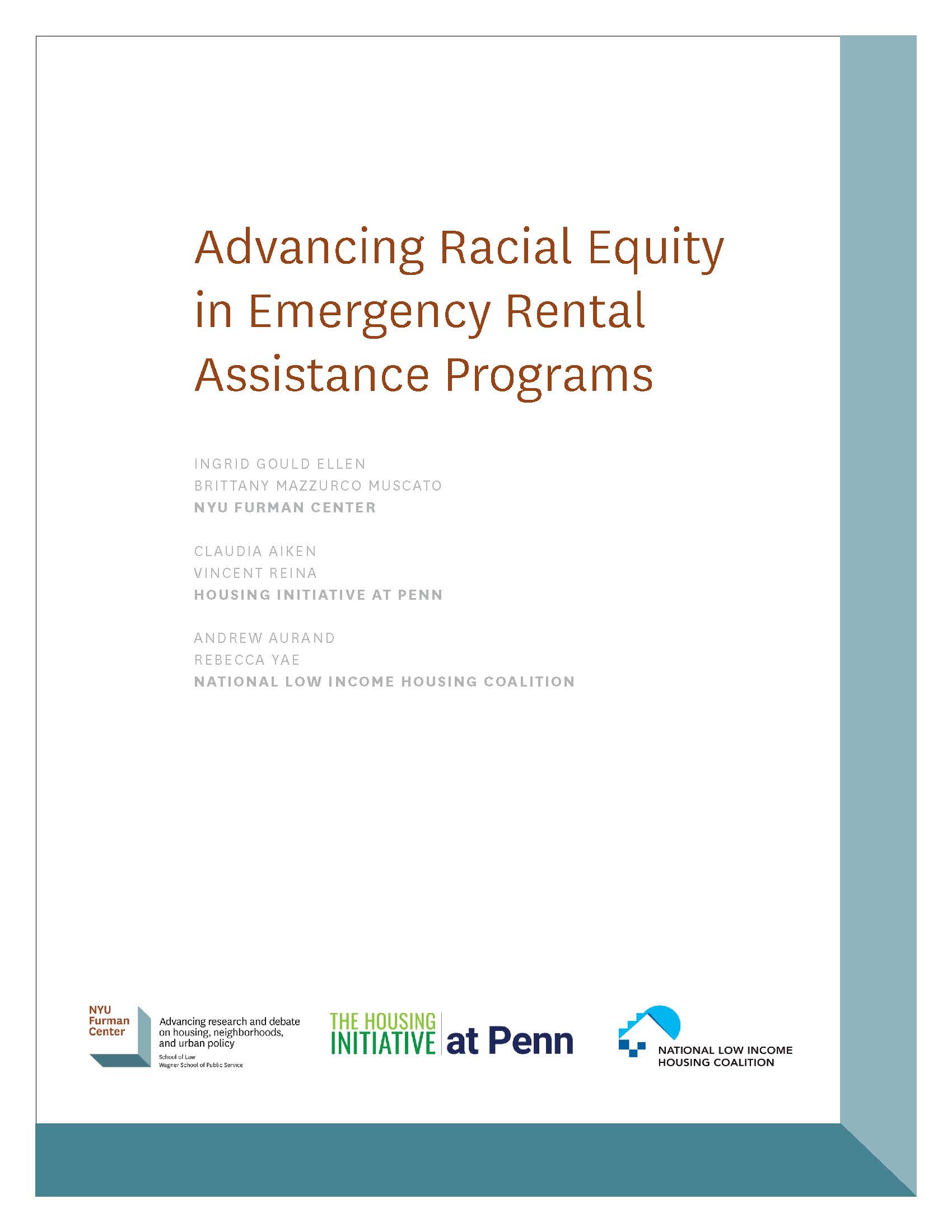
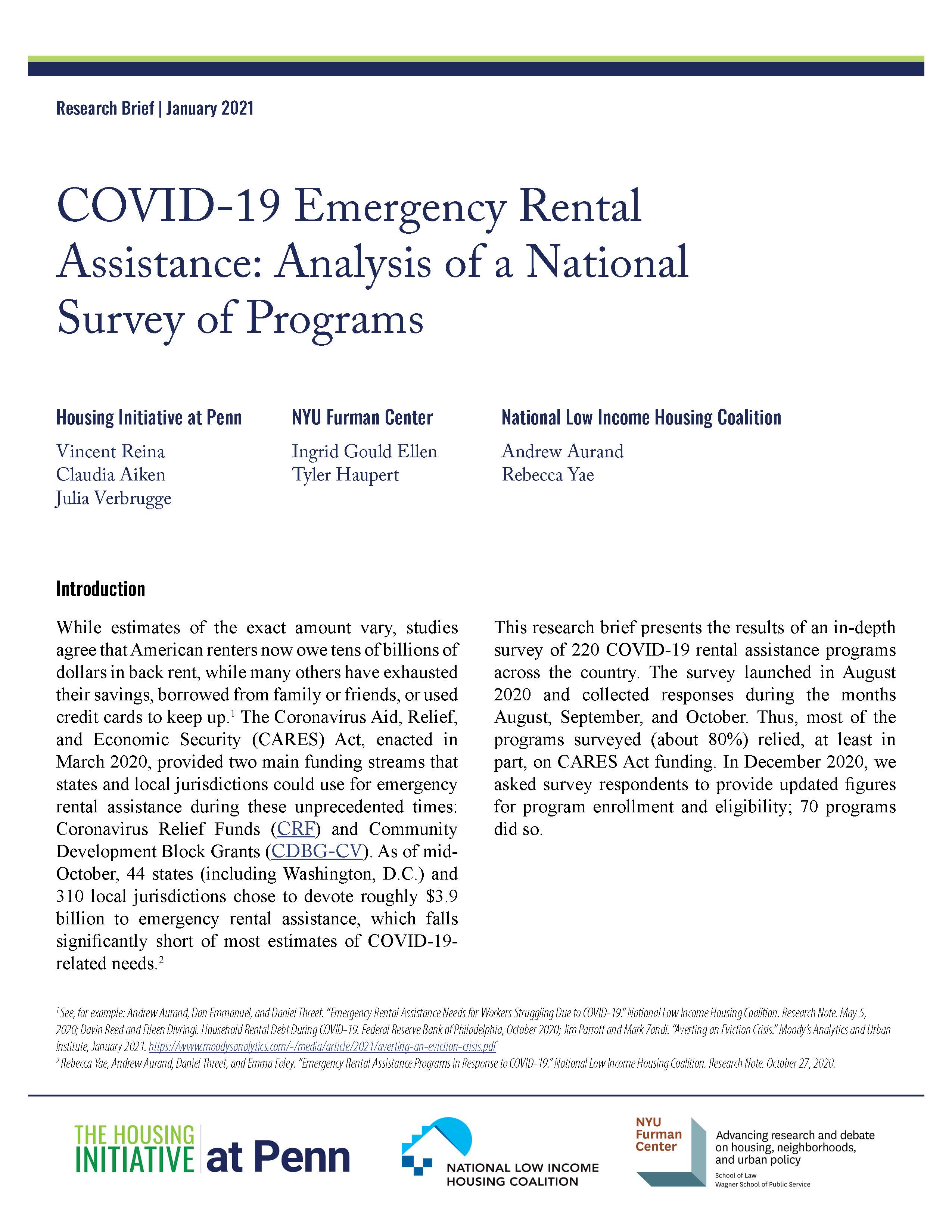
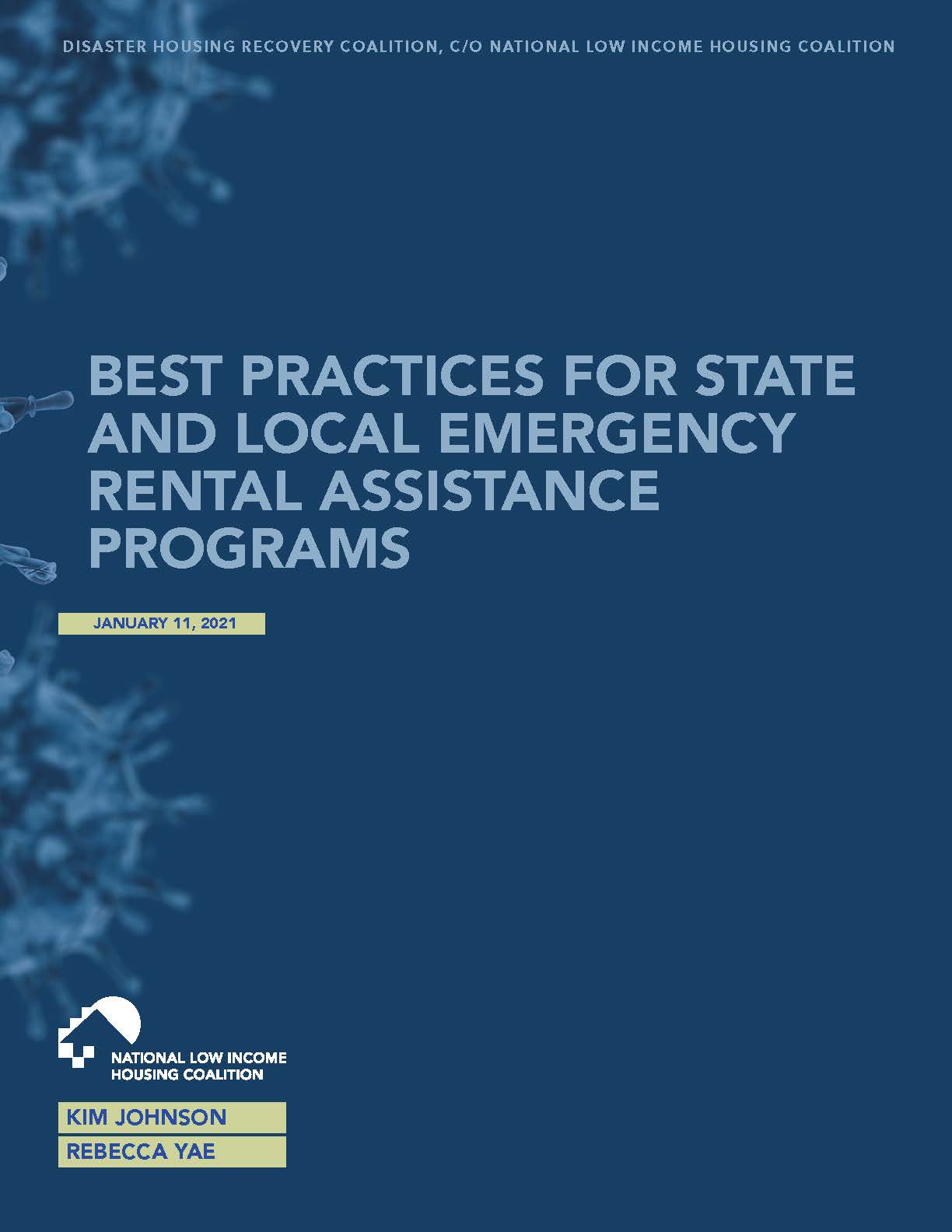
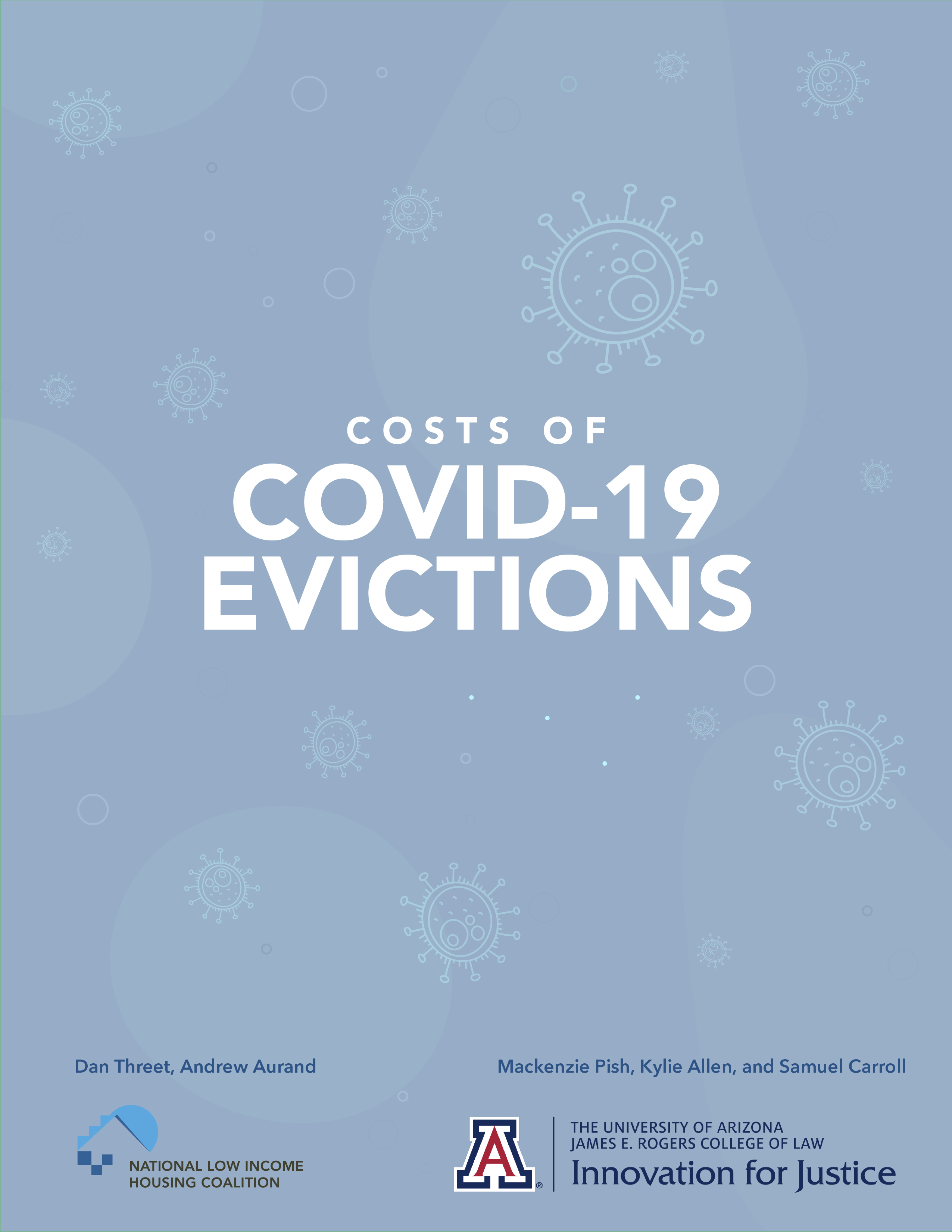
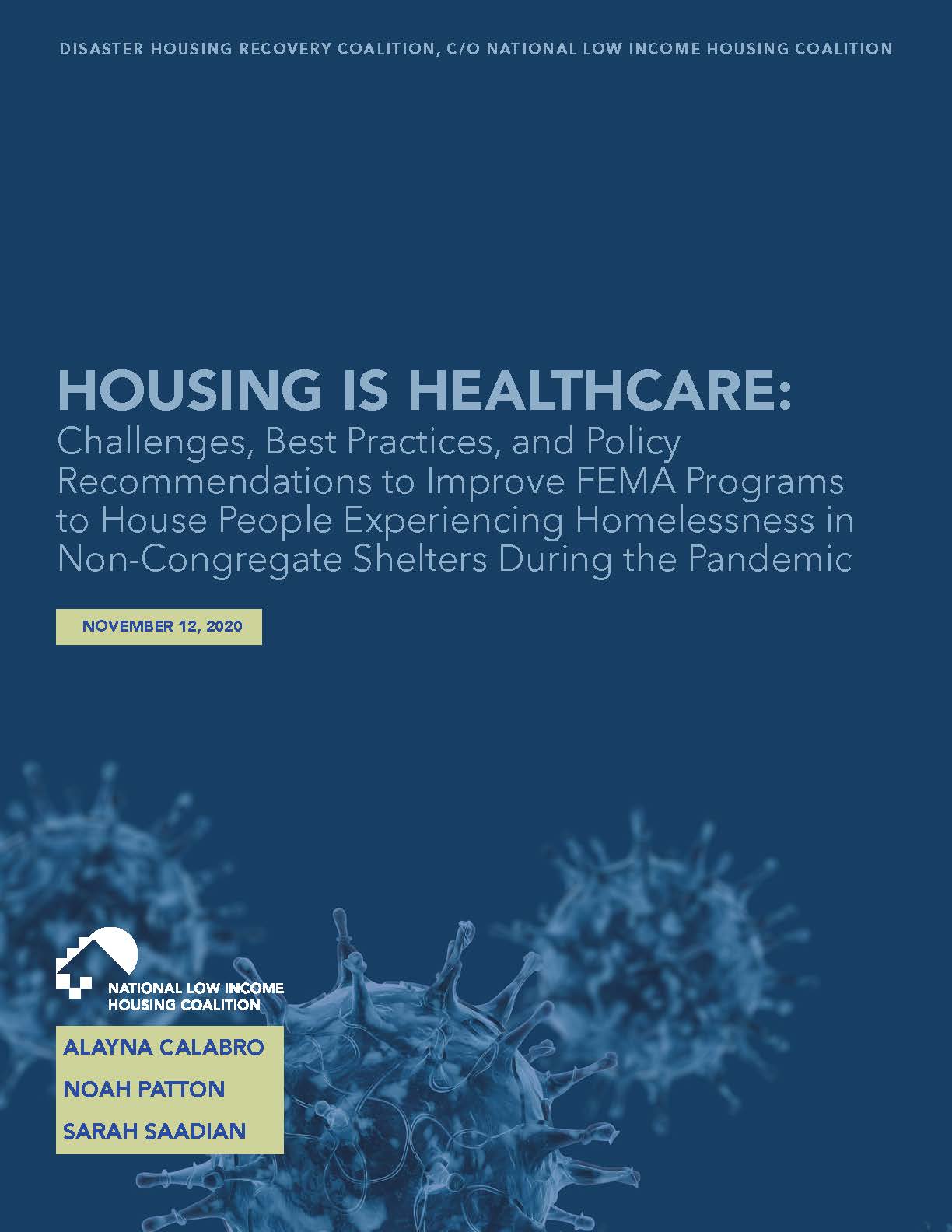
.jpg)
